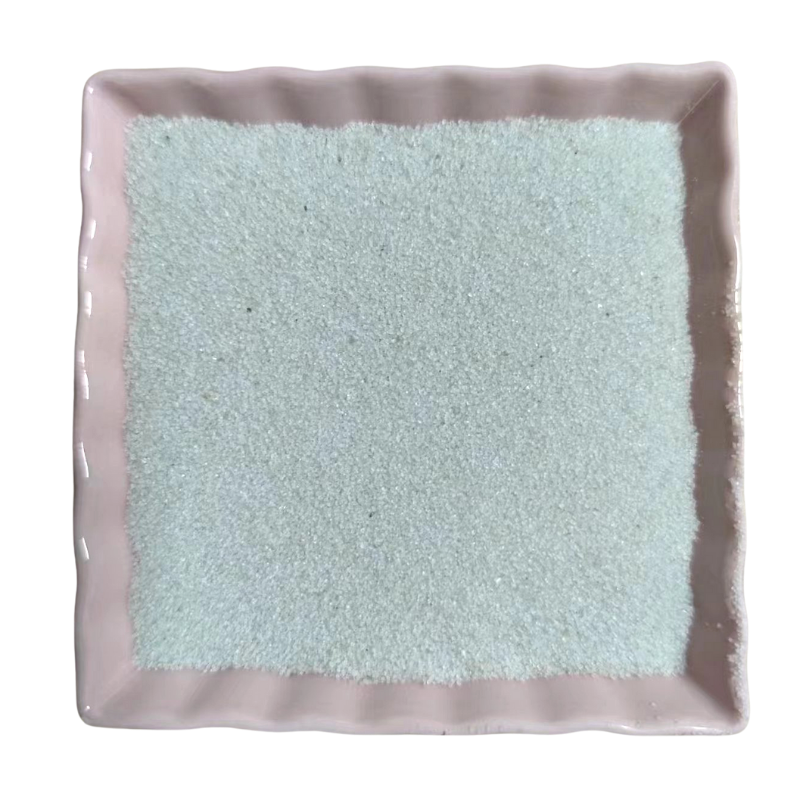
Understanding the Composition and Characteristics of Talc in Various Industries and Applications
Understanding Talc Composition and Characteristics
Talc, a naturally occurring mineral, is known for its unique properties and diverse applications. Primarily composed of magnesium, silicon, and oxygen, talc is a hydrous magnesium silicate with the chemical formula Mg3Si4O10(OH)2. This simplistic formula belies the complexity of its structure and the ways it interacts with various substances, making it one of the most versatile minerals in the world.
Understanding Talc Composition and Characteristics
One of the most well-known uses of talc is in the production of talcum powder, which has been utilized for decades as a personal care product. The softness and absorbent qualities of talc make it ideal for absorbing moisture and reducing friction on the skin. In cosmetic formulations, talc can improve the texture and feel of the product, allowing for a smoother application. However, there has been growing scrutiny regarding talc's safety in cosmetics, particularly related to potential contamination with asbestos, a known carcinogen. This concern has led to extensive research and a push for stricter regulations regarding the purity of talc used in consumer products.
talc is made up of

In addition to its role in cosmetics and personal care products, talc plays a crucial role in the manufacturing of ceramics, paper, and plastics. In ceramics, talc is used to improve the workability of clay and enhance the durability of ceramic products. In the paper industry, talc acts as a filler and coating agent, contributing to the smoothness and brightness of paper. The plastic industry utilizes talc to enhance the strength and thermal stability of various plastic products, making it an essential additive in the production of items ranging from packaging materials to automotive components.
Moreover, talc is a valuable ingredient in pharmaceuticals. It serves as an excipient—a substance that helps in the manufacturing of drugs by aiding in the formulation and delivery of active ingredients. Talc’s inert nature means it does not react with medicines, making it an ideal choice for pharmaceutical applications where stability is crucial.
The mining and processing of talc involve several methods, including open-pit mining and underground mining. Once extracted, talc is milled to the desired particle size, which is critical for its effectiveness in various applications. The purity and fineness of the talc are paramount, as they significantly influence the performance of the end product.
In summary, talc is a multifaceted mineral made primarily of magnesium, silicon, and oxygen. Its unique properties, such as softness, layered structure, and inertness, allow it to be widely used across various industries, including cosmetics, pharmaceuticals, ceramics, paper, and plastics. As awareness of safety concerns rises, it is crucial for the talc industry to prioritize quality and purity in its products. Through careful mining and processing, talc can continue to serve as an invaluable resource, catering to diverse needs while maintaining safety standards.
Share
-
Fly Ash Solutions Enhanced by GPT-4 Turbo | Sustainable InnovationNewsAug.01,2025
-
Natural Premium Bentonite Cat Litter - Superior ClumpingNewsJul.31,2025
-
Premium Resin Coated Sand - High Heat Resistance CastingNewsJul.31,2025
-
High Quality Silicon Carbide Grit for Abrasive ApplicationsNewsJul.30,2025
-
High-Quality Ceramsite for Plants & Gardening | Lightweight PebblesNewsJul.29,2025
-
Premium Burgundy Glass Marbles for Vases & Shooter GamesNewsJul.29,2025






